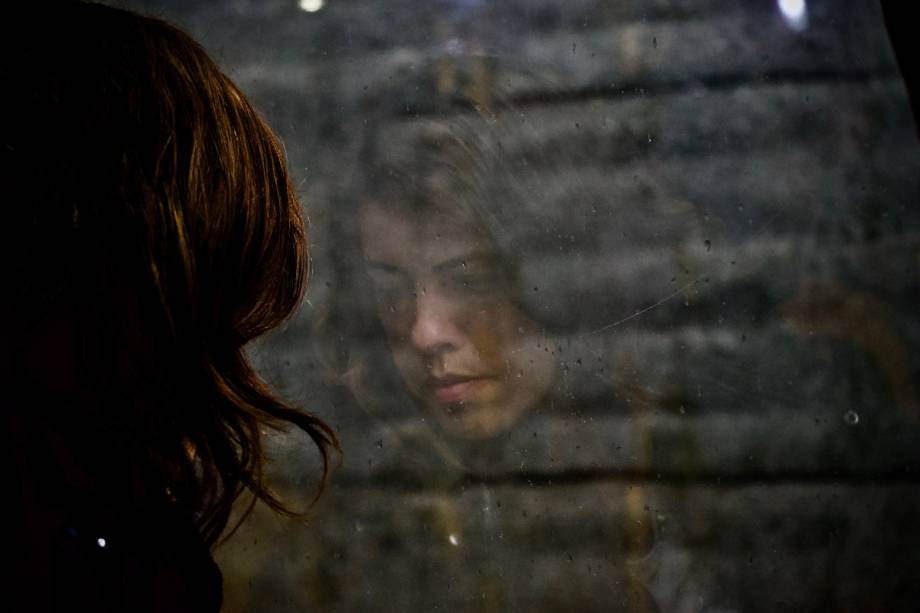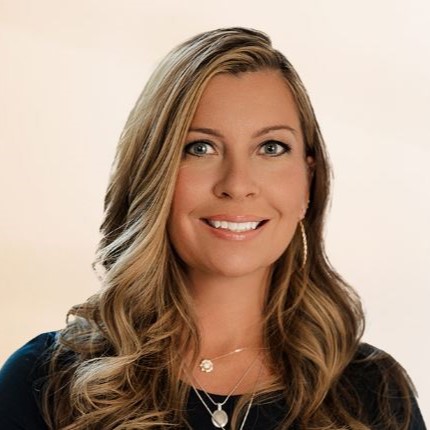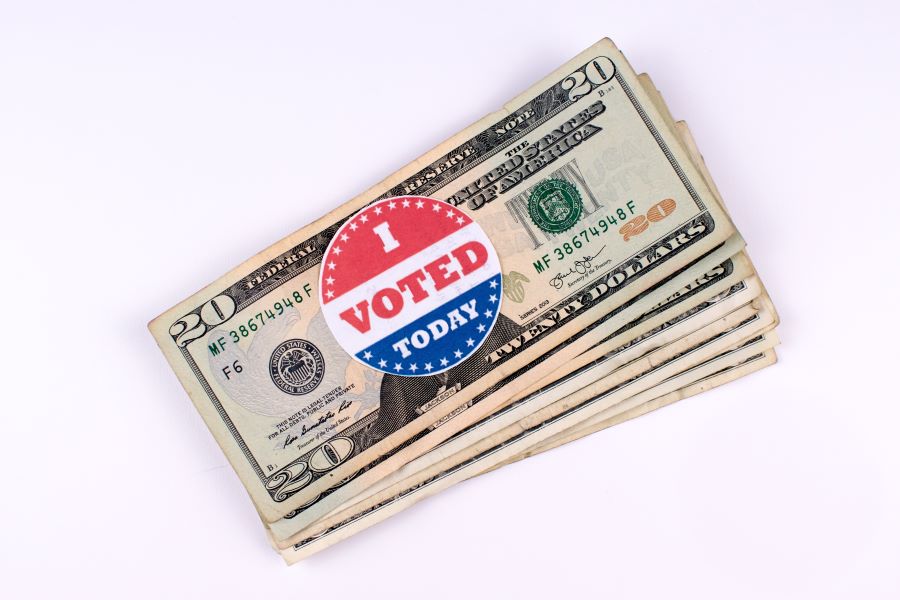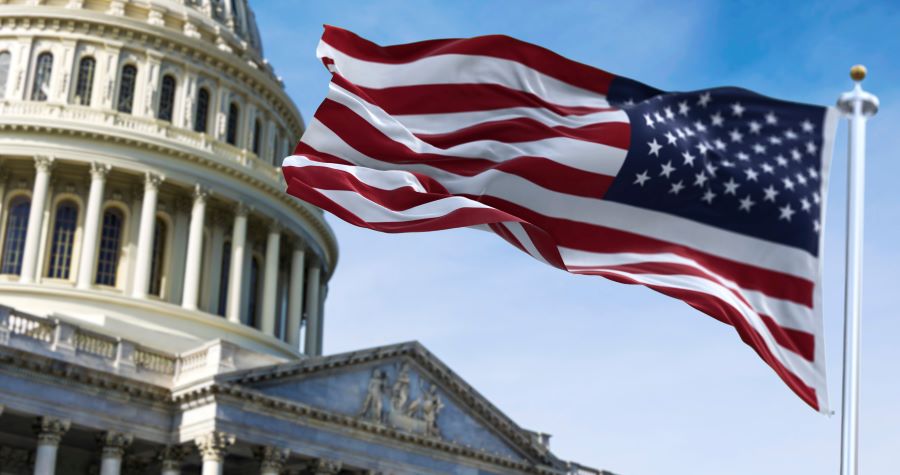RAINN, the Rape, Abuse & Incest National Network, estimates that an American is sexually assaulted every 68 seconds, but only 2.5% of perpetrators go to prison. Over 63,000 children are sexually abused annually, with the majority being between ages 12 to 17. The assaults occur under normal circumstances, with 55% of the incidents at the victim’s home, 8% on school property, and 10% in an enclosed, sheltered area.
Physical contact is not the only type of sexual abuse. Unwanted online sexual interactions include unwelcome sexual comments via text or chat, nude photos, or inappropriate displays during virtual meetings. Whether behind a screen or in person, the victim experiences the trauma of sexual abuse.
In 2018, the National Sexual Violence Resource Center (NSVRC) reported over 734,000 people were raped (threatened, attempted, or completed) in the US. The resulting toll on victims is significant, amounting to over $122,000 per victim, including medical and criminal justice costs and lost productivity, with some estimates as high as $210,000.
Sexual assault is the least reported crime, with 63% of cases going unreported, but have a less than 10% false report rate. Victims endure a lifelong impact of PTSD, poor academic performance, substance use, mental health issues, and eating disorders. Since most victims are children, many cases go unreported for a lifetime as they live a life of guilt, shame, and fear.
Changing state statutes reflect the trend of victims of abuse who demand a voice. RAINN provides a state-by-state list that addresses the statute of limitations for both reporting and DNA evidence. Crimes vary by type of assault, from a misdemeanor to a felony. However, many states are changing these statutes in favor of victims, and include:
- Allowing “look back” windows of one to three years after the crime. Vermont now permits an indefinite lookback.
- Extending or eliminating the statute of limitations, with Vermont and Illinois completely removing these limitations.
- Implementing training requirements for North Carolina school districts, making it a Class 1 misdemeanor to fail to report suspected sexual or physical abuse.
- Encouraging victims to come forward, with Colorado opening a two-year window from 2022-2024 to permit victims to report crimes that occurred after 1960. Award caps range from $1 million for private firms and $387,000 for public government entities.
As state statutes continue to support victims’ rights, it is critical to watch for changing guidelines and how it affects each organization’s risk profile.
Sexual abuse occurs in many forms and across all demographics. These crimes include stalking, sexual harassment, abuse from medical professionals and helping professions, and incidents with multiple perpetrators. Abuse also occurs in prisons and military branches.
However, seemingly ordinary people commit sexual assault, especially against children. Neighbors, teachers, church leaders, and team coaches are trusted individuals who sometimes sexually abuse children. Approximately 90% of incidents are by someone the victim knows, with 60% of crimes carried out by a person the family knows and trusts.
Seventy percent of offenders assault between one and nine victims. These sexual offenders are different from pedophiles, who frequently begin assaults earlier in life, have a larger number of victims, and prefer non-family members.
How do people misread the cues that result in an assault by a trusted person? Over, in many cases, the perpetrator “grooms” the victim, earning their trust through presents or special attention. The relationship may fulfill a family role for a child and then eventually violate boundaries that lead to abuse, followed by a need to control through blame, secrets, and shame. Trust is essential for human relationships. But parents, teachers, and caretakers must also respect the role of authority in a child’s life. Institutions that play an influential role in the life of a child are the same entities where abuse will occur and includes:
- Sports organizations, teams, and clubs
- Religious organizations
- Childcare, daycare, and after school programs
- Non-profit organizations that offer programs for children, including overnight functions
- Transportation for children, including events and routine operations
- Medical care for healthy or compromised-health children
- Care for vulnerable children, including mental health issues or disabilities
- Security firms engaged in protecting schools, non-profit, religious, or similar organizations
Insurance claims for sexual abuse, harassment, and assault are not only on the rise but make headlines due to widespread coverups, the number of victims, and high-ticket claims. Examples include:
Boys Scouts of America (BSA) – The BSA covered up decades-long abuse with over 82,000 victims filing claims, and the resulting bankruptcy case is nearing a close. The settlement totals nearly $1.9 billion, paid by insurance companies, 250 local BSA councils, and The Church of the Latter-Day Saints. As a result, membership dropped 43%, leaving BSA and the many churches and non-profits who hosted them defining their next steps.
Response to lookback legislation. A.M. Best reported in 2019 that schools, religious institutions, and municipal entities should increase their reserves to pay for claims because of the increased risk of lawsuits. Travelers Companies and Chubb Ltd both added to their reserves because of sexual-abuse liability potential.
Harvey Weinstein – Two women accused this former movie mogul of sexual abuse and rape, resulting in a $47 million settlement proposed by his insurance company for business debts and claims against two women, igniting the #MeToo movement. The settlement is still under review, but the result is a bankrupt company, two female victims awaiting resolution, and previous victims of the pre-Weinstein Company era of abuse to wait for a resolution.
Chicago Blackhawks. While a reported 10% of sexual assault victims are male, the crime does occur in high-profile athletic careers. The Chicago Blackhawks first received word of a team member’s sexual assault in 2010, three weeks before winning the Stanley Cup Championship. Unfortunately, leadership failed to investigate the claim, violating their sexual harassment policy immediately. The incident involved an assistant coach who assaulted a Blackhawks player and an intern and previously attacked a university student. The Chicago Hockey team commissioned an independent review after two lawsuits were filed and the NHL fined them $2 million.
Sexual abuse touches every part of our society, resulting in newsworthy claims that get noticed and thousands that go unreported. Jeffrey Epstein’s sex trafficking, coach Larry Nassar’s abuse of Olympic gymnasts, the Tailhook Convention of 1991, and Anita Hill’s abuse accusations of Supreme Court Justice Clarence Thomas are just a few of well-known cases. In recent years, notable figures include powerful politicians, news anchors, actors, orchestra conductors, athletes, chefs, journalists, and comedians who used their influence to become infamous sex offenders.
The stakes have never been higher. Lawsuits can arise from previous incidents, but the liability for future sexual abuse and misconduct is escalating. Offsetting these risks today will serve to reduce your risk.
Establish Sexual Violence policies. The first step is to establish sexual assault policy that clearly defines unacceptable behavior and the consequences for violating the policy. Include examples for in-person and online interactions and actions classified as sexual abuse. An internal complaints mechanism will outline how to report violations and the organization’s steps to address the complaint. Organizations should also implement awareness campaigns and train members to understand and follow established policies.
Follow reporting standards. Victims must not only know who to contact if sexual misconduct occurs but feel safe in reporting an incident. Third-party resources, such as a victim hotline, legal assistance, or investigator, protect the victim while addressing the complaint. Once an incident occurs, organizations must follow appropriate federal and state laws that may require reporting of harassment or abuse incidents.
Address signs of abuse. Victims often feel intimidated, guilty, or ashamed to report an incident. However, it may be very apparent by supervisors or co-workers that the victim is being abused. Signs of abuse include wearing long sleeves, fatigue, reduced productivity, or unexplained injuries. The Society for Human Resource Management (SHRM) recommends advising the employee of available resources, including hotlines and shelters. In addition, organizations can help the victim feel safe by removing their name from public phone lists and websites, offering an enclosed area to work, and documenting any worksite incidents.
Add sexual abuse policy coverage. Traditionally, General Liability policies were the starting point to find an extension for abuse claims. However, as these claims increase, carriers are decreasing GL, if not removing coverage for sexual abuse and molestation (SAM) incidents, requiring new coverages. A standalone SAM policy offers the benefits of crisis communication, victim support, forensic investigation, and legal advice. In addition, speaking with your broker before an incident occurs keeps your organization protected.
It is not a question of if sexual abuse claims will arise in your organization, but when. To assess potential issues, form a working group within your company, and seek out the advice of an insurance professional with relevant experience. Contact Brown & Riding to identify your risk factors and what you need to do to protect your firm.
Lisa Rodriguez specializes in monoline sexual abuse coverage for high-risk clients and focuses on non-profit organizations and private company EPLI. She is Brown & Riding’s Non-Profits: Human Services Practice Leader, a specialty team designed to address the specific needs of the human/social services sector.






